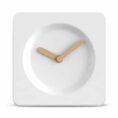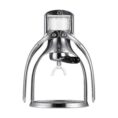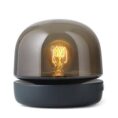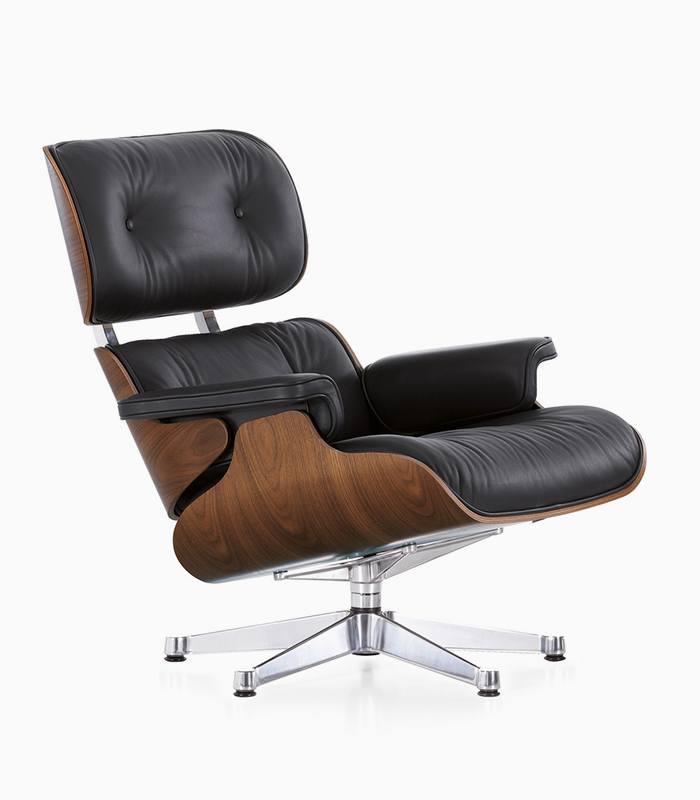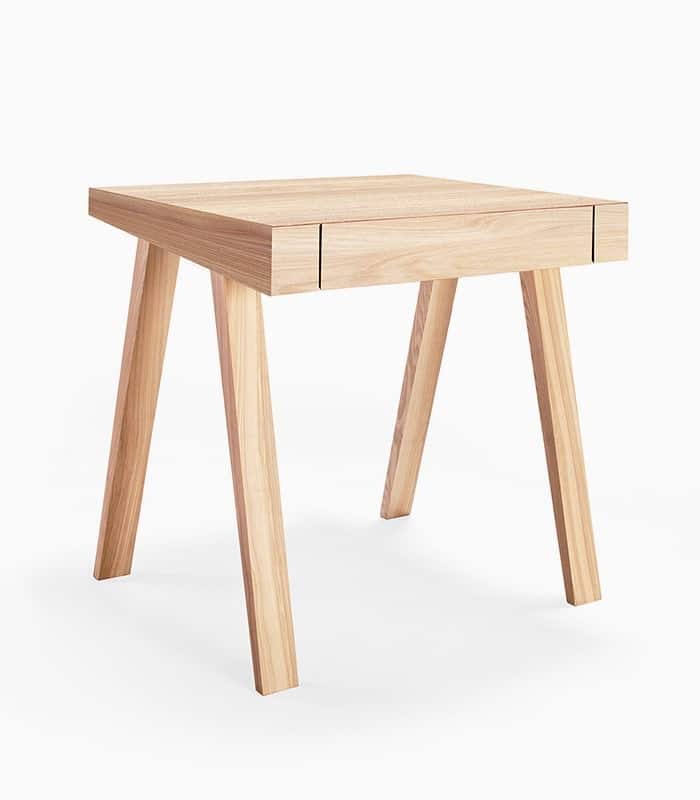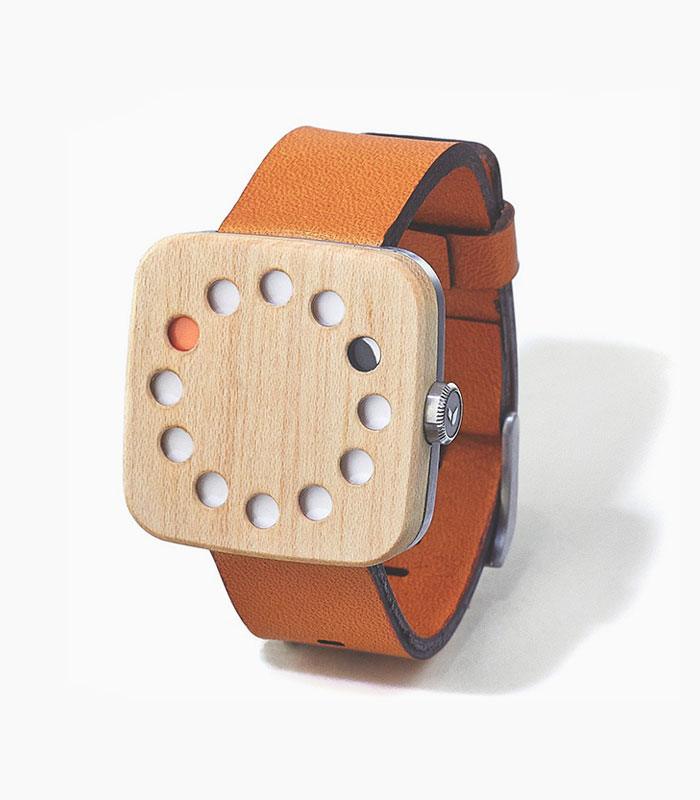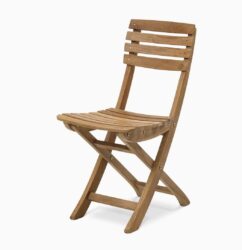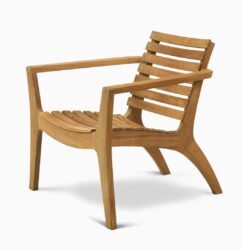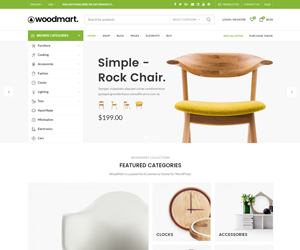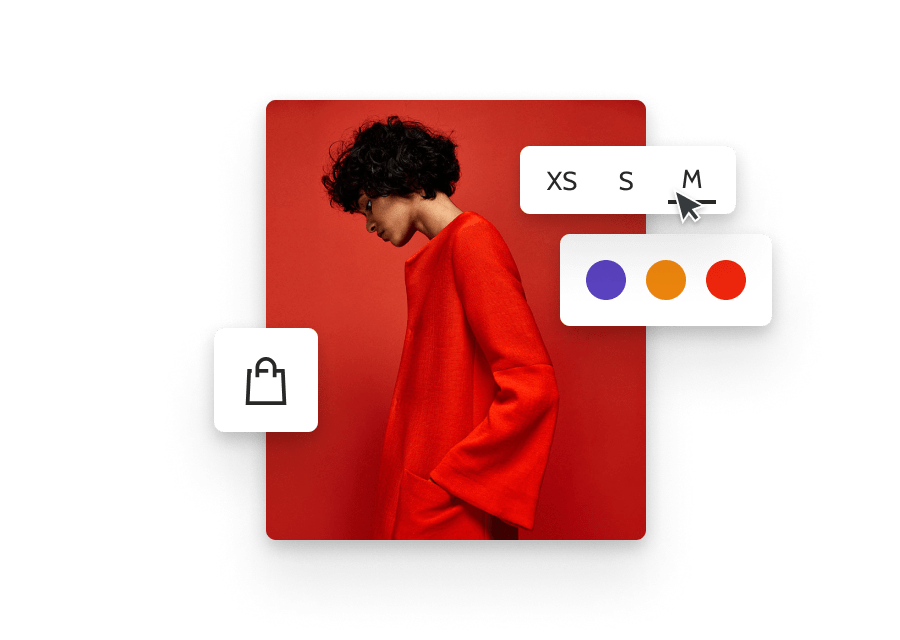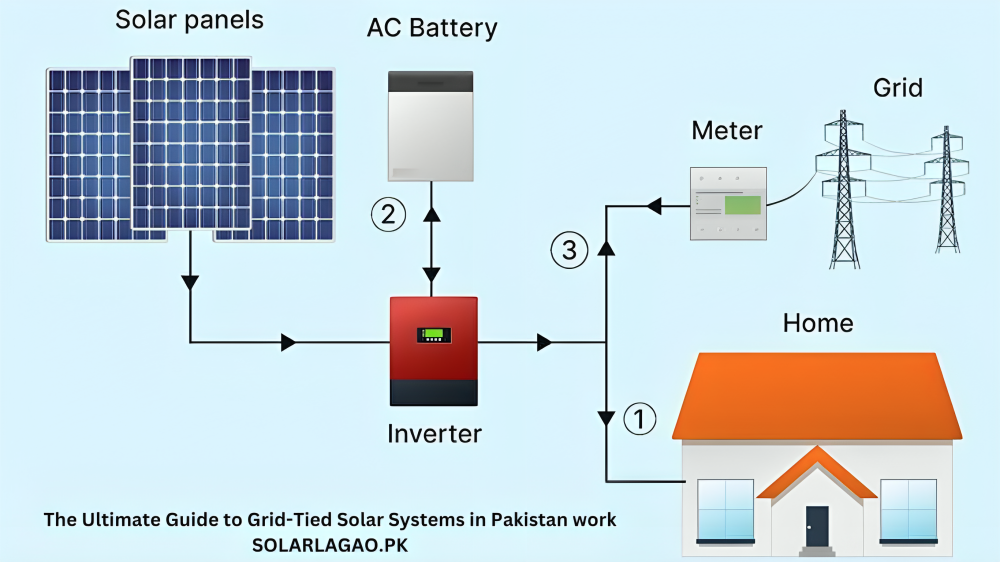What Is a Grid-Tied Solar System?
A grid-tied solar system is directly connected to the utility grid. The Ultimate This connection allows you to use the electricity generated by your solar panels as you would any other power source. When your panels produce more energy than you need, the excess is sent to the grid—a process known as net metering. During times when the sun isn’t shining, such as at night or on cloudy days, you can draw power from the grid, ensuring a continuous supply of electricity.
How Do Solar Panels Work?
Solar panels are engineered to convert sunlight into usable electricity. Here’s a step-by-step breakdown of how they work:
- Sunlight Absorption:
- Glass Layer: The top layer is made of strong, clear glass that protects the inner components while allowing sunlight to pass through.
- Antireflective Coating: Below the glass, an antireflective coating and contact grid help maximize the absorption of sunlight.
- Photon Absorption and Electricity Production:
- Semiconductor Silicon Layers: Multiple layers of silicon absorb photons (particles of light). These photons free electrons, creating a flow of direct current (DC) electricity.
- Encapsulants & Backing Layer: The silicon layers are sandwiched between encapsulant layers for protection, and a durable backing layer shields the system from environmental factors. An aluminum frame secures the entire assembly.
- Factors Affecting Performance:
The amount of electricity generated depends on sunlight intensity, temperature, installation method, cleanliness of the panels, and the quality of the solar panels.
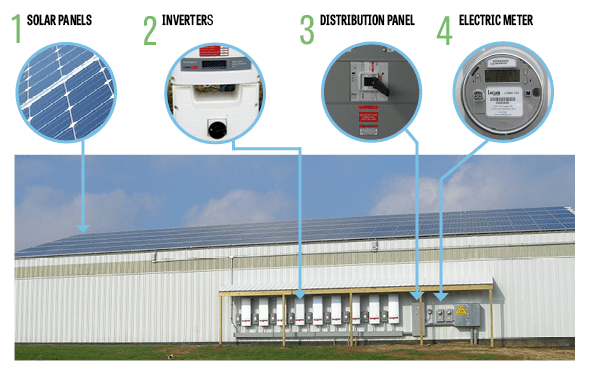
Key Components of a Solar Energy System
While solar panels are essential, they are only part of the complete solar energy system. The other components include:
1. Inverters
- Purpose:
Solar panels produce DC electricity, but most of our appliances run on alternating current (AC). Inverters convert DC to AC. - Types:
- String Inverters: Typically installed near the solar panels, these are about the size of a shoebox.
- Microinverters: Smaller devices installed under each solar panel, ideal for maximizing output in systems with varying panel performance.
2. Distribution Panel
- Function:
After conversion by the inverter, the AC electricity is sent to a distribution panel. This panel directs the electricity to power your building’s needs or sends any surplus to the utility grid.
3. Electric Meter
- Role in Net Metering:
The electric meter records the flow of electricity to and from the grid. When your system produces extra power, it is fed back to the grid, and you receive credit through net metering. In Pakistan, this can significantly reduce your electricity bills by ensuring you only pay for your net consumption.
Transferring Power to and From the Utility Grid
With a grid-tied solar system, any surplus electricity generated by your solar panels is transferred to the utility grid. In return, you receive credit through a system called net metering. This means that if you feed 50 kWh of electricity into the grid, you can draw 50 kWh from it when needed, effectively balancing your energy consumption and reducing your bills.
Even when the sun isn’t shining, as long as the utility grid is operational, your home or business in Pakistan can still access the power it needs.
How Do Solar Panels Work When There Is No Sun?
Solar panels only generate electricity when there is sunlight. So, how do you get power at night or during overcast days?
- Excess Energy Storage:
A grid-tied system produces extra electricity during sunny periods, which is sent to the grid. This stored energy is then available for use when the solar panels are not generating power. - Reliability of the Utility Grid:
Because the grid acts like a free energy storage system, you always have access to power even when the panels aren’t actively producing electricity. - Optional Battery Backup:
For those who want extra security, batteries can be integrated into grid-tied systems. However, for most Pakistani households and businesses, the grid itself provides sufficient backup.
A Simple Setup for a Powerful Impact
Grid-tied solar systems are straightforward yet highly effective. With just a few key components—solar panels, inverters, a distribution panel, and an electric meter—you can transform sunlight into clean, reliable energy. This system not only powers your home or business but also helps reduce emissions and lower electricity bills.
Ready to make the switch to solar energy in Pakistan? Download our in-depth solar buying guide or explore our other educational blog posts to learn more about harnessing the power of the sun.

